Each year the Australian of the Year award recognizes and celebrates the achievements and contributions of eminent Australians. This year a lead stem cell scientist was recognized.


Each year the Australian of the Year award recognizes and celebrates the achievements and contributions of eminent Australians. This year a lead stem cell scientist was recognized.

Yesilyurt et al. from MIT has demonstrated surface modification of model devices with an anti-biofouling zwitterionic polymer using a facile and scalable methodology.
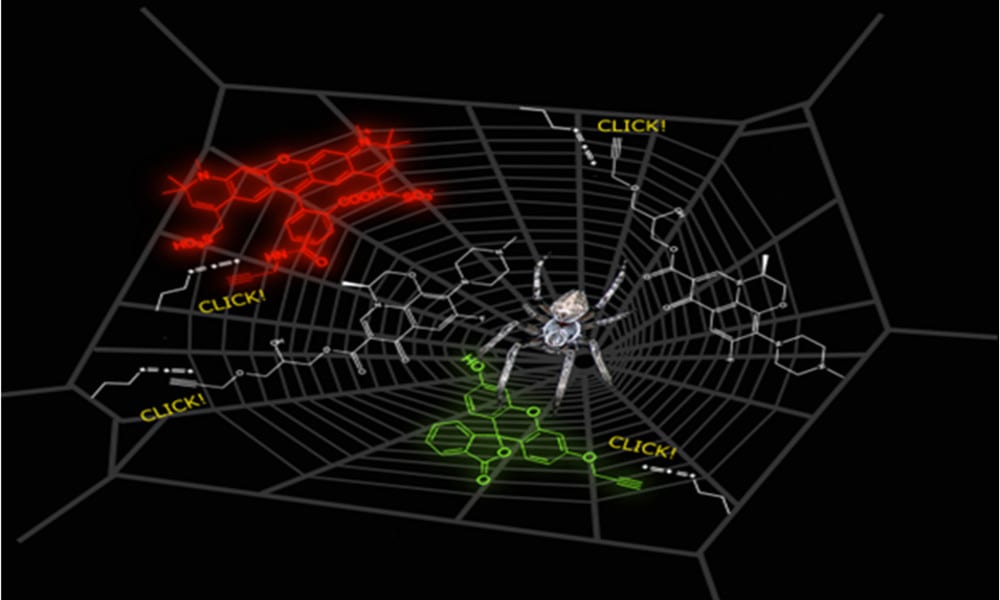
Researchers from the University of Nottingham report a novel method for making antibiotic spider silk.
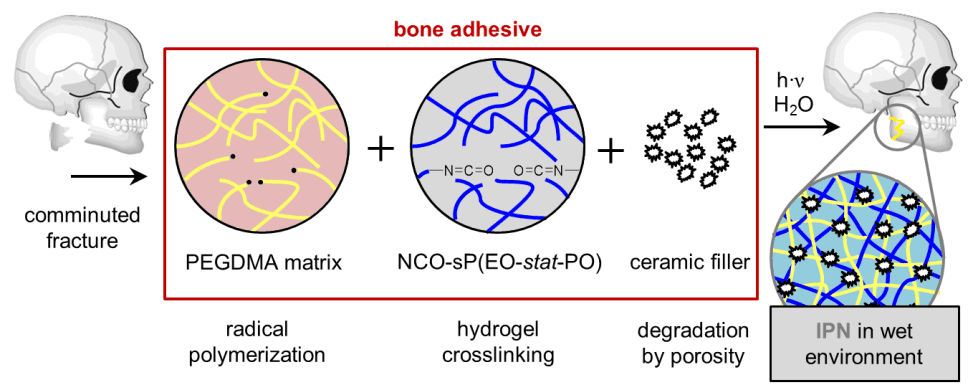
Groll, Gbureck and co-workers design a new material strategy that shows significantly improved wet adhesion of bone adhesives.
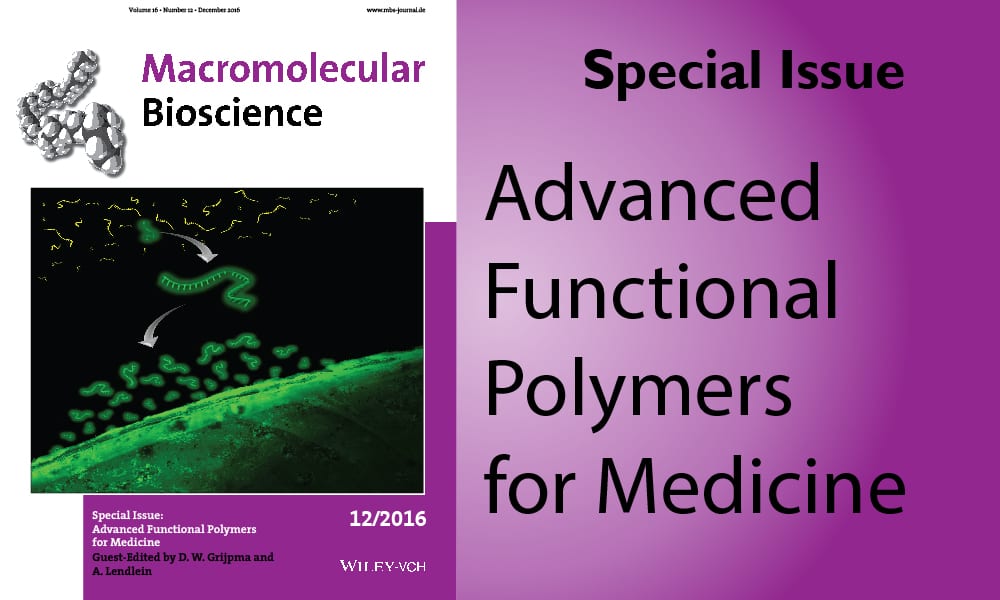
A special issue in Macromolecular Bioscience covers several promising approaches to tailor and control the properties and functions of polymers for medical applications.
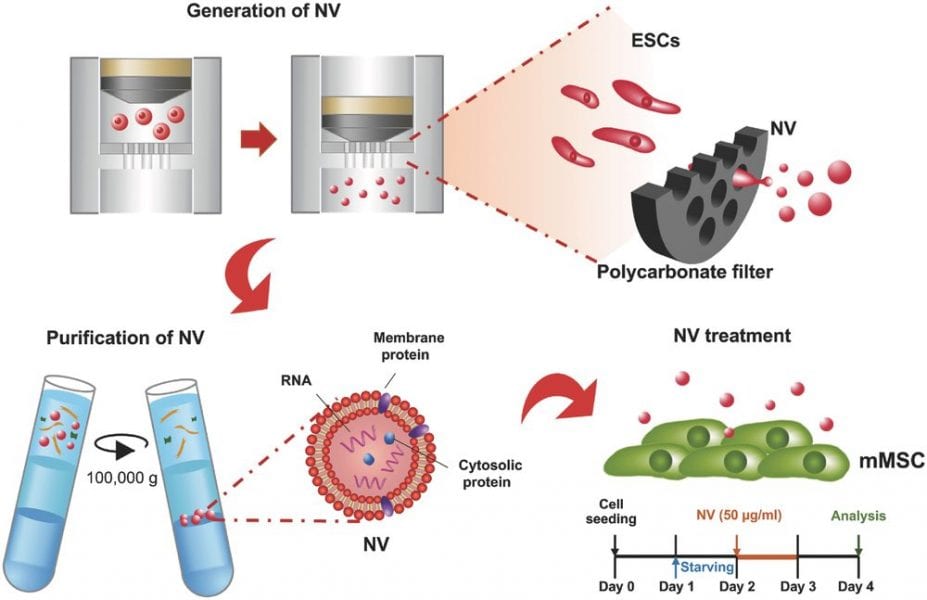
“Man-made” extracellular vesicle-mimetic nanovesicles developed with characteristics similar to those of extracellular vesicles.
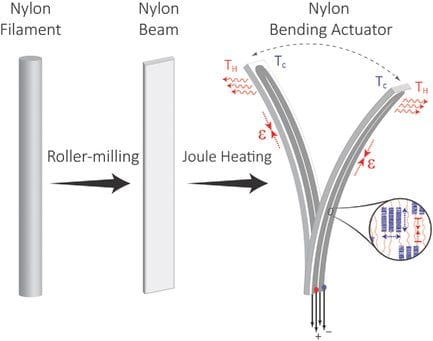
Researchers from MIT present an approach to make artificial muscles with nylon that bend, controllably, in any direction.
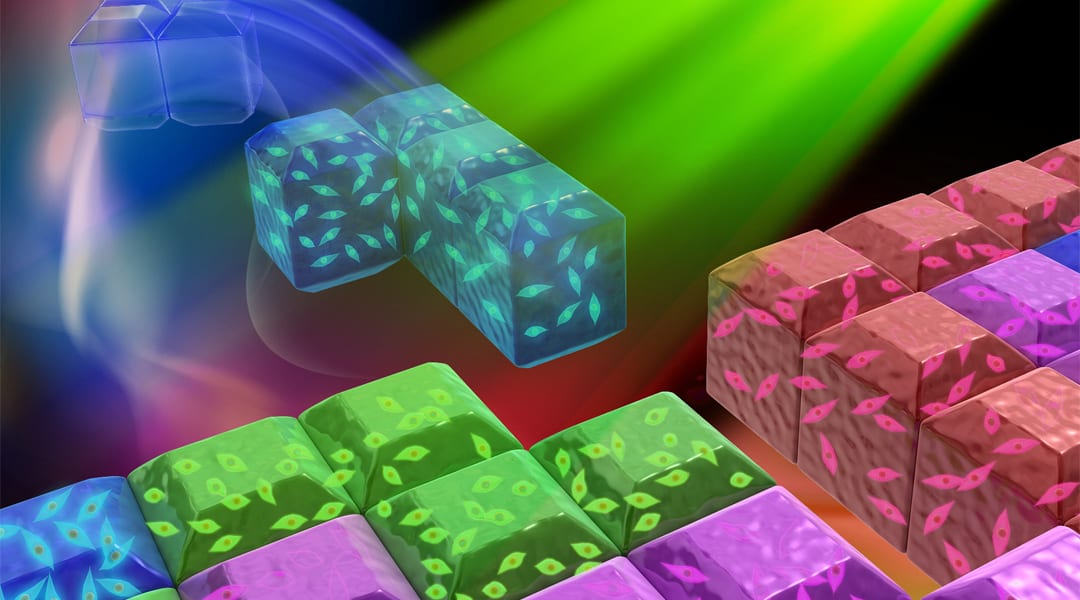
A Tetris-inspired approach to fabricate microscale tissue from hydrogel building blocks affords a non-contact assembly method to build complex and reconfigurable 3D architectures.
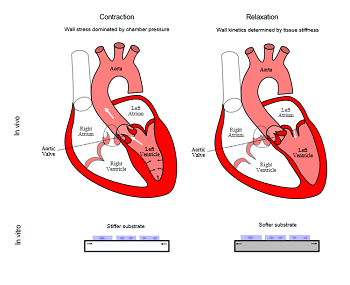
In the heart wall the pressure required to pump blood dominates the biomechanics of the contraction cycle of the heart.
A methacrylated hyaluronic acid scaffold with oriented pores perpendicular to the axial direction by an unidirectional freeze-drying method is reported.